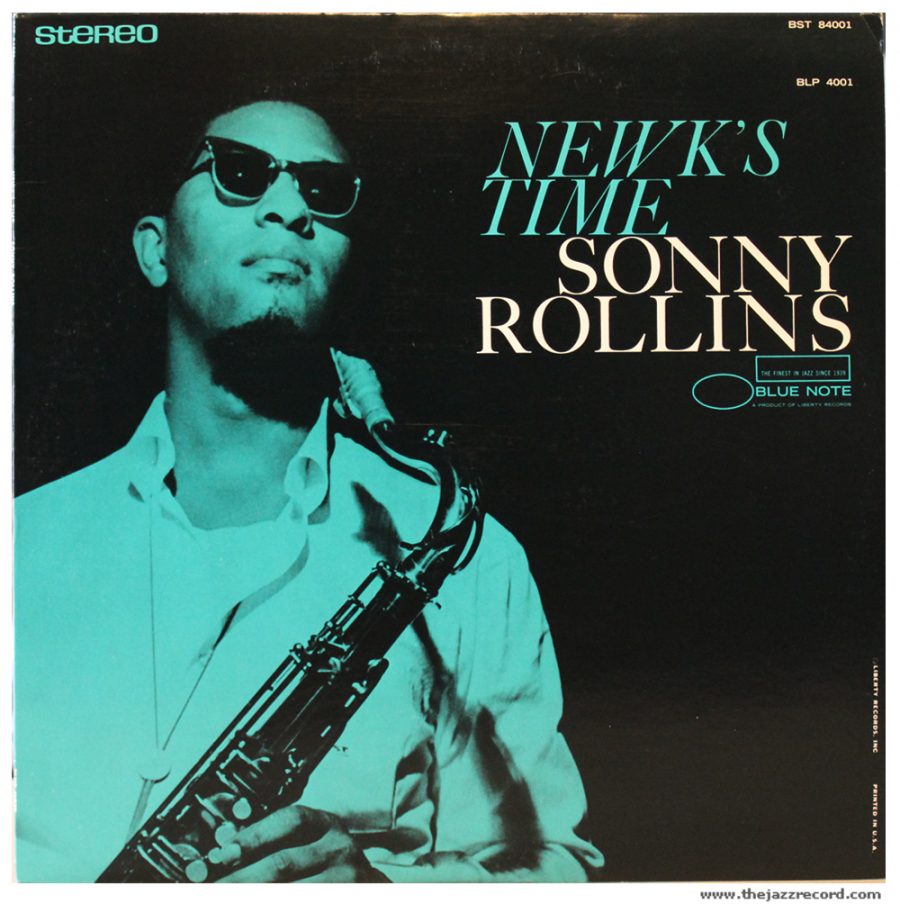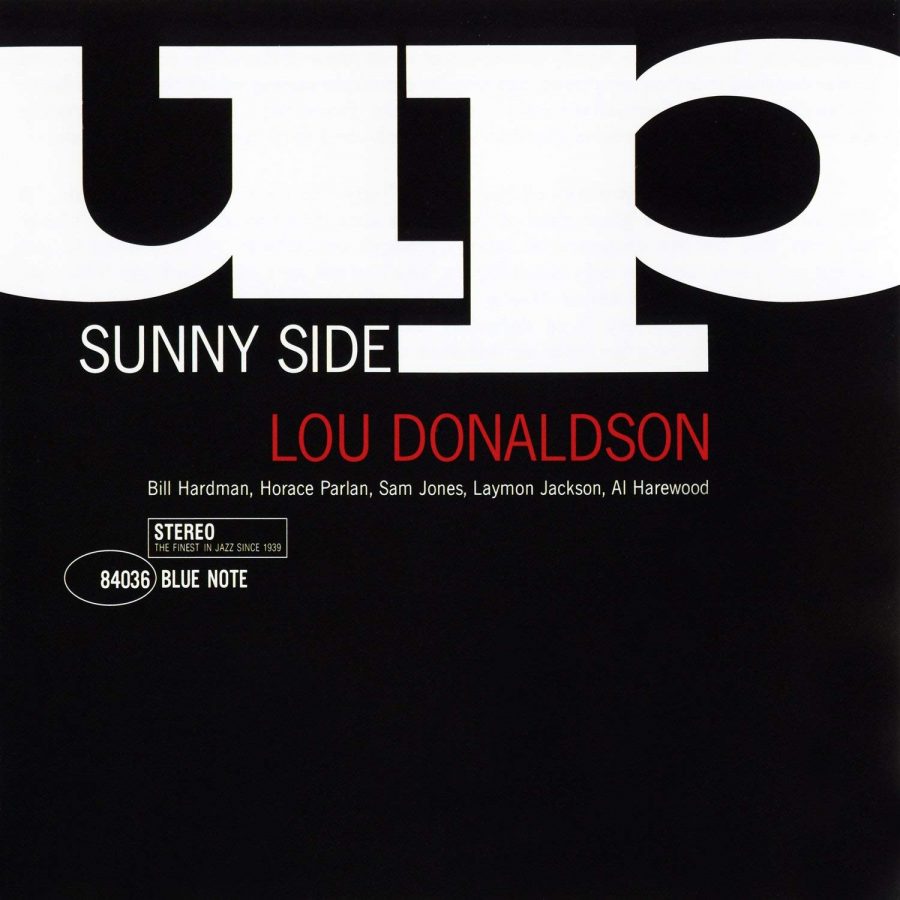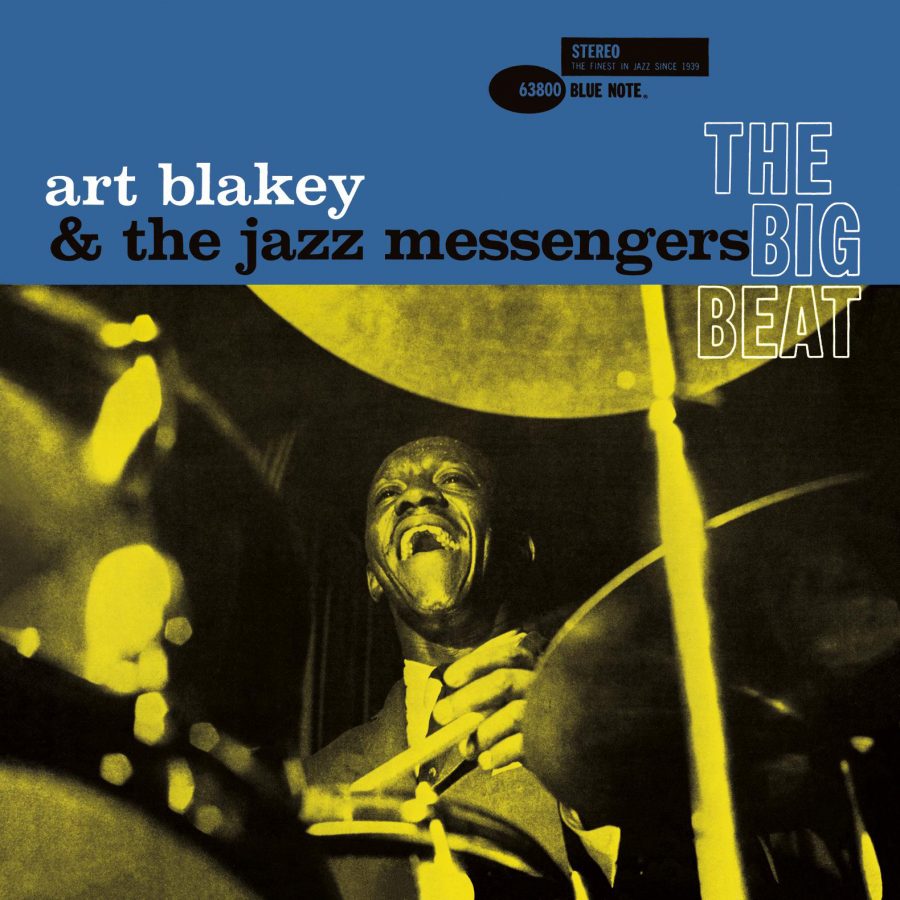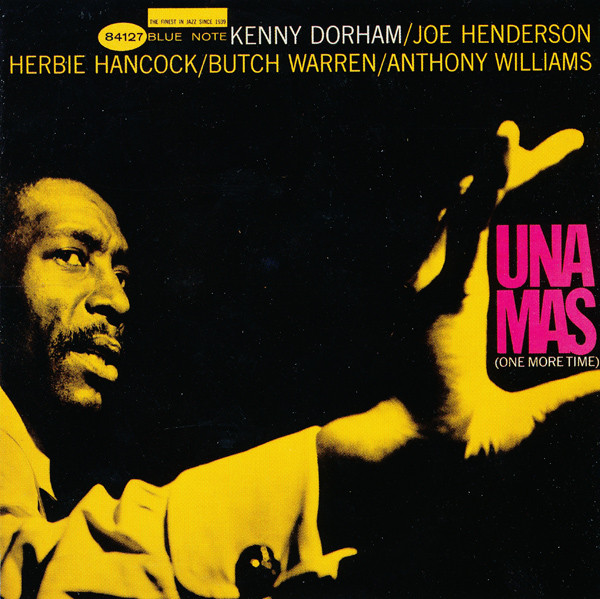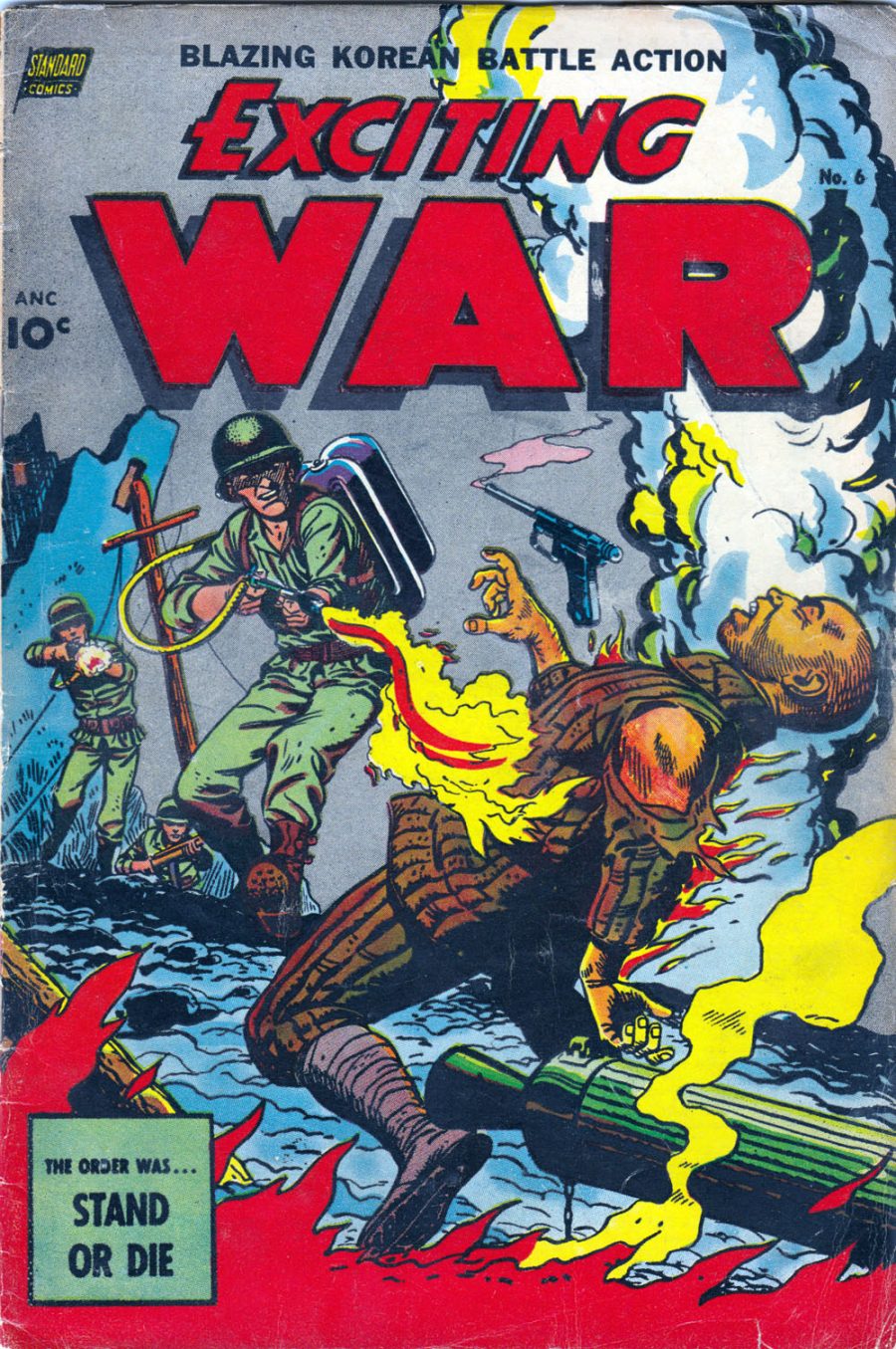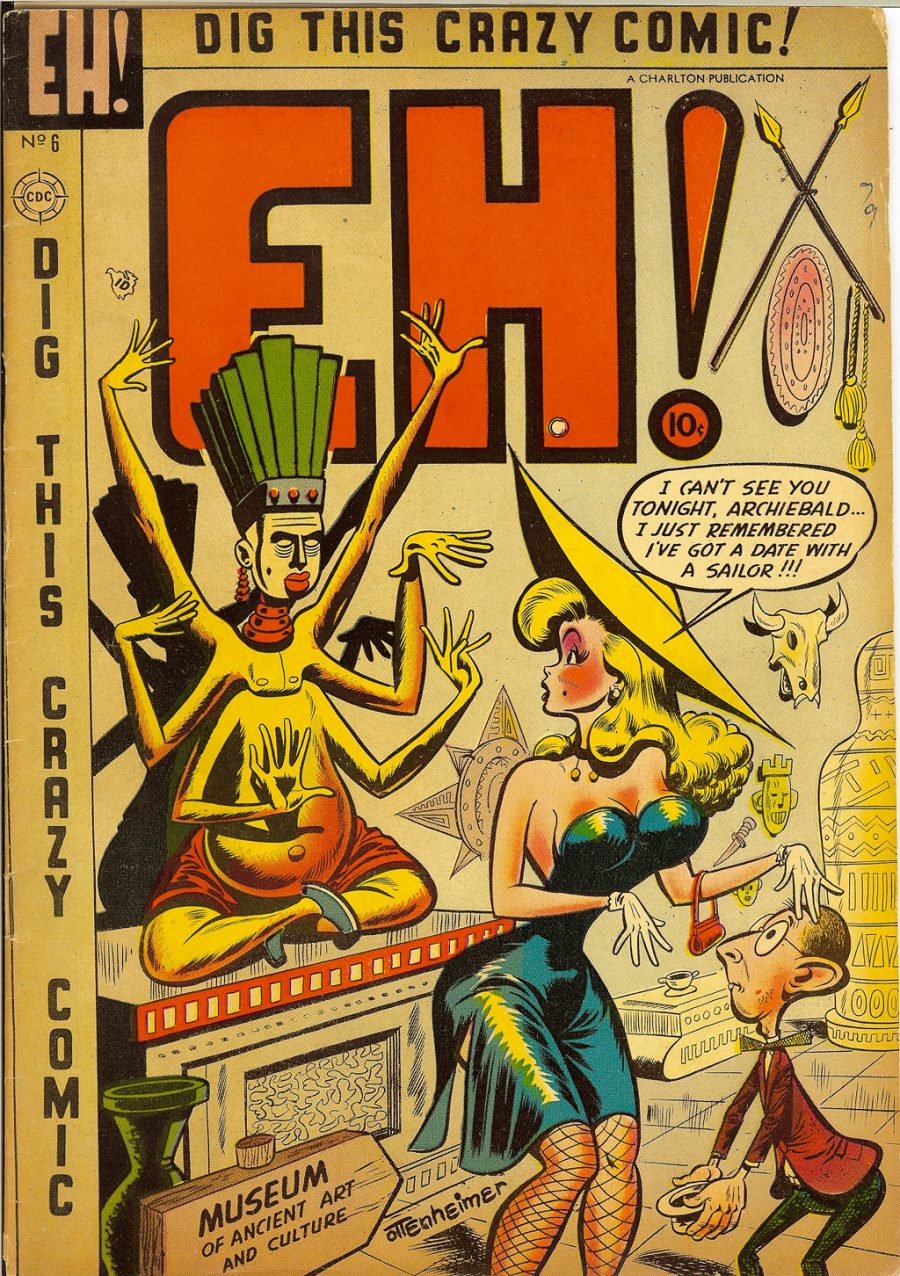Much of the recent scientific research into psychedelics has picked up where researchers left off in the mid-20th century, before LSD, psilocybin, and other psychoactive drugs became countercultural means of consciousness expansion, and then banned, illegal substances the government sought to control. Scientists from several fields studied psychedelics as treatments for addiction, depression, and anxiety, and end-of-life care. These applications were conceived and tested several decades ago.
Now, thanks to some serious investment from high-profile institutions like Johns Hopkins University, and thanks to changing government attitudes toward psychoactive drugs, it may be possible for psilocybin, the active ingredient in “magic mushrooms,” to get legal approval for therapy in a clinical setting by 2021. “For the first time in U.S. history,” Shelby Hartman reports at Rolling Stone, “a psychedelic drug is on the fast track to getting approved for treating depression by the federal government.”
As Michael Pollan has detailed in his latest book, How to Change Your Mind, the possibilities for psilocybin and other such drugs are vast. “But before the Food and Drug Administration can be petitioned to reclassify it,” Brittany Shoot notes at Fortune, the drug “first has to clear phase III clinical trials. The entire process is expected to take about five years.” In the TEDMED video above, you can see Roland R. Griffiths, Professor of Psychiatry and Behavioral Sciences at Johns Hopkins, discuss the ways in which psilocybin, “under supported conditions, can occasion mystical-type experiences associated with enduring positive changes in attitudes and behavior.”
The implications of this research span the fields of ethics and medicine, psychology and religion, and it’s fitting that Dr. Griffiths leads off with a statement about the compatibility of spirituality and science, supported by a quote from Einstein, who said “the most beautiful and profound emotion we can experience is the sensation of the mystical. It’s the source of all true science.” But the work Griffiths and others have been engaged in is primarily practical in nature—though it does not at all exclude the mystical—like finding effective means to treat depression in cancer patients, for example.
“Sixteen million Americans suffer from depression and approximately one-third of them are treatment resistant,” Hartman writes. “Depression is also an epidemic worldwide, affecting 300 million people around the world.” Psychotropic drugs like psilocybin, LSD, and MDMA (which is not classified as a psychedelic), have been shown for a long time to work for many people suffering from severe mental illness and addictions.
Although such drugs present some potential for abuse, they are not highly addictive, especially relative to the flood of opioids on the legal market that are currently devastating whole communities as people use them to self-medicate. It seems that what has most prevented psychedelics from being researched and prescribed has as much or more to do with long-standing prejudice and fear as it does with a genuine concern for public health. (And that’s not even to mention the financial interests who exert tremendous pressure on drug policy.)
But now, Hartman writes, “it appears [researchers] have come too far to go back—and the federal government is finally recognizing it, too.” Find out why this research matters in Dr. Griffiths’ talk, Pollan’s book, the Multidisciplinary Association for Psychedelic Studies, and some of the posts we’ve linked to below.
Related Content:
Josh Jones is a writer and musician based in Durham, NC. Follow him at @jdmagness

